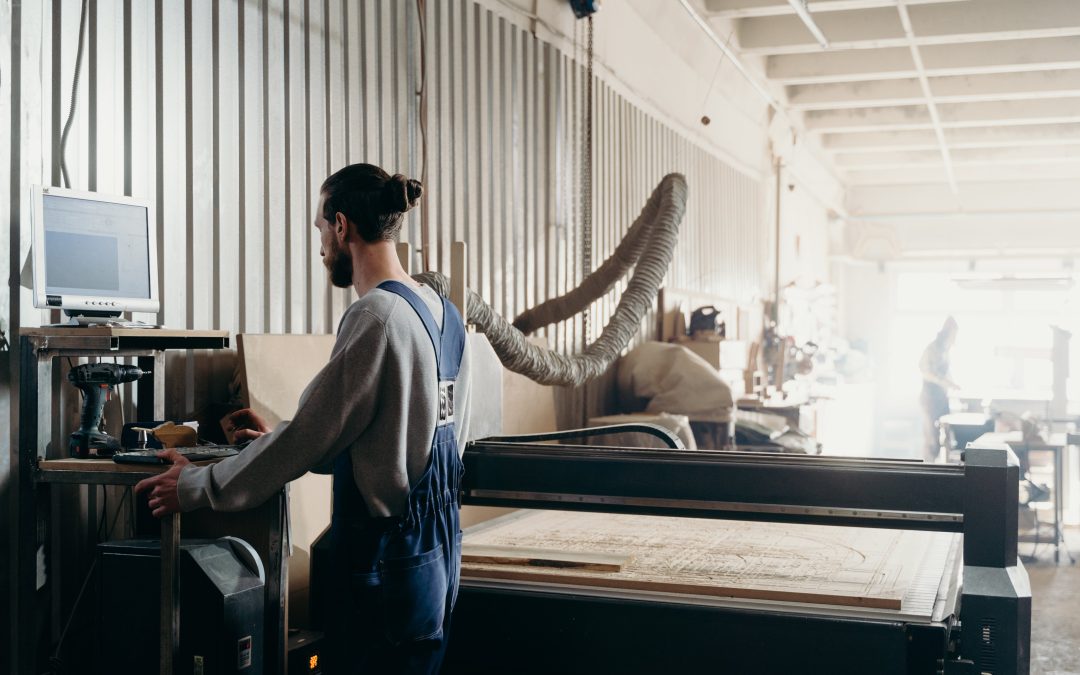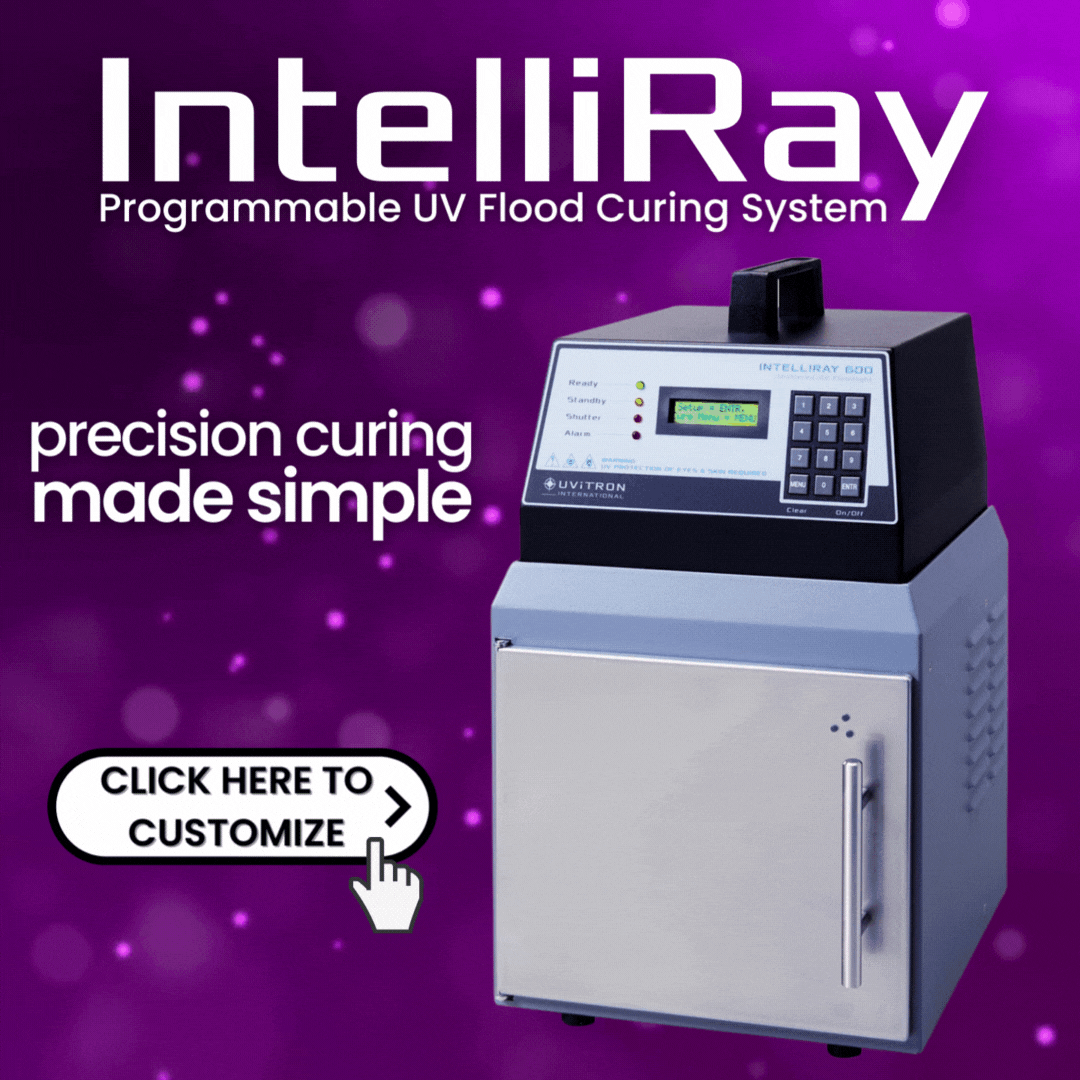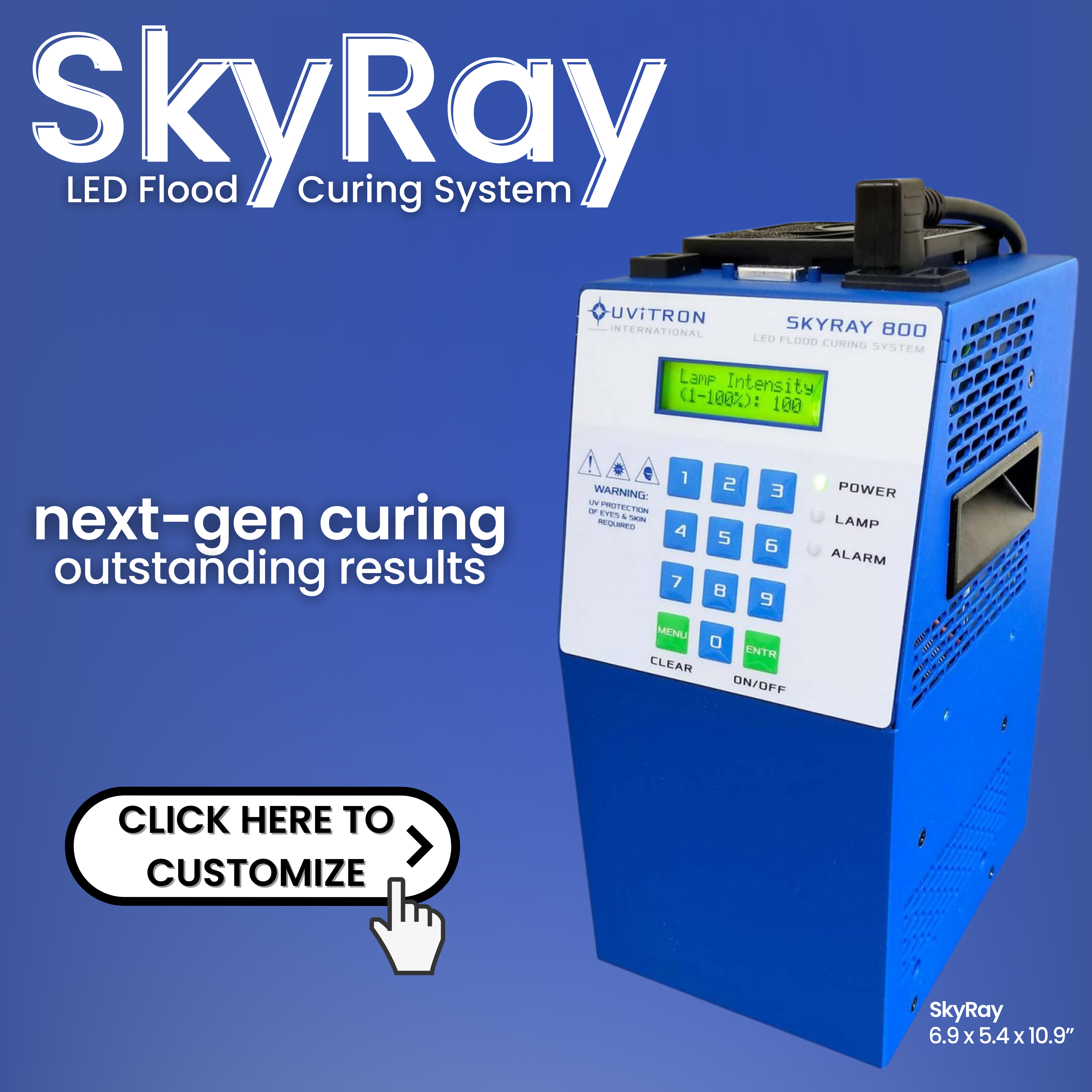The pressure to accelerate production processes in modern manufacturing is relentless, particularly when it comes to the critical phase of drying. Whether in the coatings, printing, or adhesive sectors, the drying stage often becomes a bottleneck, throttling the throughput and affecting overall productivity. This inefficiency in drying times isn’t just a minor hiccup; it’s a significant impediment that can ripple through the entire production line, leading to increased operational costs and delayed market entry.
The conventional drying methods, deeply entrenched in most production workflows, present a litany of challenges. The primary among these is the prolonged duration required for solvent evaporation or material curing, often exacerbated by the environmental and material constraints. This slow process is further compounded by energy-intensive demands, frequently necessitating high temperatures that can compromise material integrity and escalate energy costs. Moreover, these traditional drying techniques, while being time-tested, often lack the flexibility needed to adapt to a variety of materials and thicknesses, leading to inconsistent quality and limited applicability in diverse manufacturing scenarios.
Understanding these pain points is crucial for any forward-thinking manufacturer. The quest to find an efficient, reliable, and versatile drying solution is not just about keeping pace with the competition; it’s about redefining operational efficiency and product quality. It’s in this context that we begin our exploration of innovative solutions, particularly focusing on how the advent of advanced drying technologies promises to revolutionize the production process. As we delve deeper, we will uncover how these modern methods not only address the existing challenges but also open new avenues for optimization and growth in the manufacturing sector.
Overview of Conventional Drying Methods
Traditional drying methods, such as air drying and heat drying, have been the mainstays in various industries for decades. However, as we scrutinize these methods, their glaring inadequacies and inefficiencies become increasingly evident, especially when contrasted with the demands of contemporary production standards.
Air drying, the most rudimentary among these methods, relies on ambient air to evaporate solvents or moisture from materials. This process, while being energy efficient, is painfully slow and highly susceptible to environmental variables. Factors like humidity, temperature, and air circulation are unpredictable and can drastically extend drying times or lead to uneven drying. Such variability not only hinders the production schedule but can also compromise the consistency and quality of the final product.
Heat drying, on the other hand, accelerates the evaporation process by applying heat, either through direct contact or convection. While this method is faster than air drying, it introduces a host of other issues. The high temperatures used can be detrimental to the integrity of heat-sensitive materials, causing warping, discoloration, or other forms of degradation. This method also comes with a substantial energy footprint. The energy consumption required for maintaining high temperatures translates into higher operational costs, making it an economically and environmentally unsustainable choice in the long run.
Both air and heat drying methods exhibit a striking lack of efficiency and control. They often require large physical spaces and can be remarkably uneven in their application, leading to quality inconsistencies. Products may need reworking or, in worst cases, become unsalable, leading to wastage and additional costs.
The Need for Faster Drying Solutions
The exigency for accelerated drying solutions in manufacturing processes cannot be overstated. Slow drying times are a critical bottleneck that significantly impede production efficiency, with far-reaching implications for overall business profitability and competitiveness.
At the core of this inefficiency is the extended dwell time—the period during which products remain non-functional due to incomplete drying. This protracted phase not only diminishes throughput but also ties up capital in work-in-progress inventory. The operational throughput, quantified as the rate of production output, is inversely related to drying times. Prolonged drying phases mean fewer production cycles within a given timeframe, thereby reducing the overall output capacity. This slowdown has a direct bearing on the bottom line, as it limits the ability of a business to scale up production in response to market demands, constraining revenue potential.
Extended drying periods present significant logistical challenges. They necessitate larger storage areas for drying, which translates into increased spatial requirements and higher facility costs. There’s also a heightened risk of material degradation and contamination during long drying periods, leading to potential quality control issues and increased wastage—a direct hit to manufacturing efficacy and profitability.
From a business strategy perspective, slow drying times hamper a company’s ability to respond swiftly to market changes and customer demands. In an era where agility and responsiveness are paramount, these delays can result in lost opportunities and diminished market share.
UV Curing: The Game-Changer
Enter the realm of UV curing – a technology that not only promises but delivers a revolution in the drying process. This advanced technique, a beacon in the world of modern manufacturing, stands out as a quintessential game-changer. Here, we delve into the realm of UV curing, unraveling its potential to dramatically transform production timelines.
UV curing is a process that utilizes ultraviolet light to quickly and efficiently cure or dry coatings, adhesives, and inks. Unlike traditional methods that rely on time-consuming evaporation or heat processes, UV curing harnesses the power of UV light to initiate a photochemical reaction. This reaction rapidly transforms liquids into solids, achieving what once seemed impossible – near-instantaneous drying.
The mechanics of UV curing are as fascinating as they are effective. When UV light interacts with photo-reactive compounds present in materials, it triggers a polymerization reaction. This reaction rapidly links molecular chains, effectively ‘curing’ the substance into a solid form. This process unfolds at an astonishing speed, reducing drying times from hours to mere seconds.
The implications of such a rapid turnaround are profound. It signifies a monumental leap in production efficiency, slashing drying times and exponentially increasing throughput. This efficiency transcends to the realm of energy consumption as well. UV curing is remarkably energy-efficient, especially compared to the energy-hungry conventional drying methods. The reduction in energy use not only cuts costs but also aligns with the increasingly crucial agenda of environmental sustainability.
The precision and consistency offered by UV curing are unparalleled. This method ensures uniform curing, eliminating the quality issues often associated with traditional drying. The result is a significant reduction in waste and rework, ensuring that products meet stringent quality standards right off the production line. This technology isn’t just a fleeting trend; it’s a proven, reliable solution that has been transforming industries.
Getting Started with UV Curing
Taking the first step into the world of UV curing can be a transformative move for your business, and Uvitron International is here to guide you through this crucial transition. As experts in the field with decades of experience, we specialize in providing tailor-made UV curing solutions that are not just advanced but also seamlessly integrate into your existing production lines.
When considering UV curing technology, the key is to select a system that aligns perfectly with your specific industry needs. At Uvitron, we offer a diverse range of systems, each designed to cater to different scales and types of applications. From compact UV LED systems ideal for delicate processes to robust UV curing conveyors for heavy-duty requirements, our portfolio ensures that there is a perfect fit for every business.
Working closely with Uvitron means gaining access to not just top-tier UV curing systems but also a partnership that values your business’s unique challenges and goals. Our team of skilled engineers and technicians are dedicated to providing comprehensive support, from understanding your specific needs to recommending the ideal UV curing solution. This personalized approach guarantees that the integration of UV curing technology into your production line is not just efficient but also optimizes your operational workflow.
Choosing Uvitron as your UV curing partner offers peace of mind, knowing that you are working with a company that prides itself on quality, innovation, and customer satisfaction. We understand that transitioning to a new technology is a significant decision, and our commitment is to make this process as smooth and beneficial for your business as possible.
Embrace the future of industrial curing with Uvitron International. Let us help you make an informed decision that boosts your production efficiency, enhances product quality, and elevates your business to new heights. Get in touch with us to start exploring the ideal UV curing solution tailored for your unique requirements.




